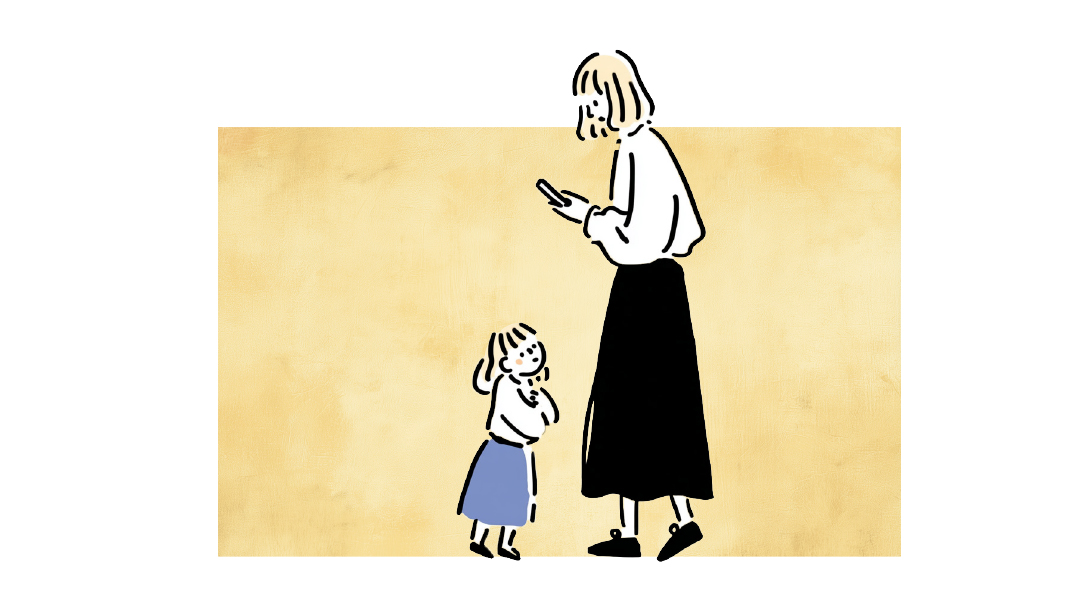Guilty

Accepting the feelings you don’t want to have is the path to healing
To experience guilt, we have to have awareness of at least two of our internal “ego states.” Guilt is generated by a “blamer” and a “blamed” part. One part experiences a feeling or engages in a behavior, and another part then launches into a critical diatribe. “How could you have thought/felt/said such a thing? There must be something seriously wrong with you! You’re a bad person!”
Devorah’s Dilemma
“I can’t stand myself. My brother was born with a health handicap, and of course he needed extra attention all through childhood. Of course, that condition still affects him, and of course my parents still need to help him. He doesn’t choose to be this way. But even though I understand all this, I really can’t stand him. My parents are always asking me to do errands for him. I resent him and then I hate myself! What kind of person am I?”
Devorah knows her feelings aren’t “nice.” She’s aware of two inner voices: one that’s hurting and angry, and another that judges her for being so cold and unfeeling toward her sick brother. This is the dynamic of “I hate myself.” The latter part is the one who “hates” the “self” (the part that feels the way she feels).
Miri’s Marriage
Miri has a similar issue. “I try and try and try to feel close to my husband, but I just can’t. Then I think what a horrible wife I am. My husband hasn’t done anything wrong. I just don’t appreciate him, and I can’t feel close to someone I don’t appreciate. Why can’t I just appreciate all his good points? I keep reminding myself of them, hoping to convince some part of myself to open up and actually like the man. But it never works. And then I hate myself even more.”
What can Miri do? She mentally acknowledges that her husband has merits, but this intellectual awareness doesn’t affect her feelings for him. Try as she does, she can’t force herself to actually like him.
Emotional Guilt
There are mothers who can’t stand their own children and then feel tremendous guilt at having such horrible, rejecting feelings toward their flesh and blood. There are people who feel rejecting toward strangers and then dislike themselves for being aloof and judgmental. It’s as if we have a “bad girl” or “bad boy” inside of ourselves who we’re having trouble controlling.
This wild child feels whatever she wants to feel and will not, despite any efforts we put forth, be derailed. At the same time, we find her despicable because her attitude is wrong in our eyes. We continue to try to shut her down, punishing her with constant reprimands that only serve to deplete our energy. These two parts live inside of us and can wreak havoc in hearts and in our most significant relationships.
Since these rejecting parts can’t be “re-educated” or otherwise talked out of their position (just as you can’t talk yourself into liking a food that you don’t like), the least exhausting strategy is to accept them.
Acceptance is painful because it acknowledges a harsh reality of one part of our personality, the part that truly feels, “I don’t like this person.” And yet, acceptance of that part’s feelings also promotes change. Now that you no longer have to try, work hard, and struggle to change the feeling, you can just move on.
Ironically, this allows you to be more relaxed around the object of your dislike and in many cases, some small amount of liking now becomes possible. Consequently, guilt is reduced (you’re no longer such a terrible person) and you therefore feel better about yourself as well as about the person you don’t like.
It also helps to keep in mind that while you can train yourself to mentally focus on everyone’s positive attributes and cognitively appreciate their unique qualities, you can’t force yourself to emotionally enjoy, like, or love anyone. Those emotions come from a part of you that is beyond your conscious reach.
Not being able to like someone doesn’t make you a bad person; it makes you a regular human being. And when that someone is someone you’re supposed to actually love, you’re still a regular human being who fervently wishes she could feel differently.
Accept the part of you that has “the wrong” feeling. Accept the feeling. And let acceptance start the healing process.
(Originally featured in Family First, Issue 738)
Oops! We could not locate your form.




